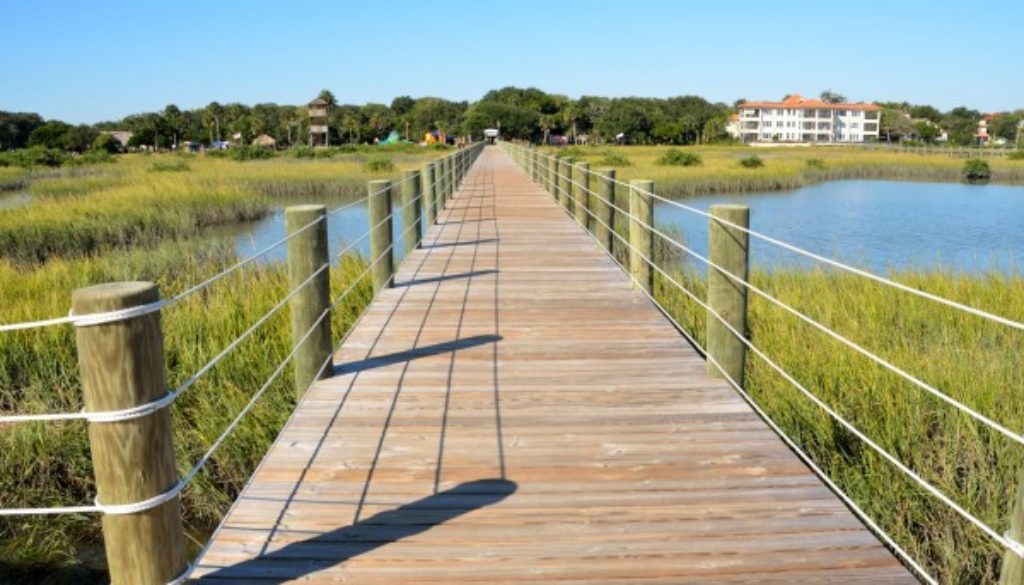Small Streams and Wetlands Vital to Flood Protection
By Rebecca Long, American Rivers
Wetlands and small streams are the first line of defense for communities facing hurricanes and severe storms. Coastal wetlands physically slow down storms by impeding their path to land and minimizing their full force, while freshwater wetlands and headwater streams inland act as sponges, absorbing significant amounts of rainwater and runoff before flooding can occur.
A new study published in August by Scientific Reports looks at the value of wetlands in protecting property. According to the study, coastal wetlands thwarted $625 million worth of property damage during Hurricane Sandy in 2012. While the total savings represent just 1 percent of Sandy’s overall cost ($50 billion), wetlands and streams still helped spare hundreds of homes and thousands of miles of roads from more damage.
Over the past month we’ve watched Hurricanes Harvey and Irma devastate Texas and Florida with record flooding. Unfortunately, this is consistent with the impacts expected from climate change and will be the new normal that we must adapt to. But over the past two centuries, the U.S. has lost over half of its wetlands. Texas alone has lost 52 percent, or 8.4 million acres, of its wetlands from 1780 to 1980.
We need to be doing more to safeguard these vital wetlands. Unfortunately, Environmental Protection Agency Administrator Scott Pruitt and the Trump Administration are pushing a roll back of the Clean Water Rule. The streams and wetlands that this rule protects are the same streams and wetlands that protect lives and property during flooding events. Wetlands span some 110 million acres across the U.S., while small streams that dry up from time to time but come back to life and soak up flood waters during rain events make up more than 60% of the stream miles in the U.S.
Losing the protections for these small streams and wetlands is not worth the risk when it comes to not only flood protection, but also drinking water and the economy – especially with the uncertainty we face with a changing climate.
We have until September 27th to tell the Environmental Protection Agency that we cannot throw out protections for streams and wetlands and we must uphold the Clean Water Rule.

